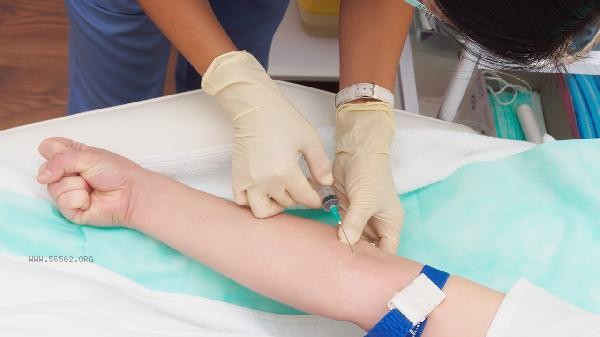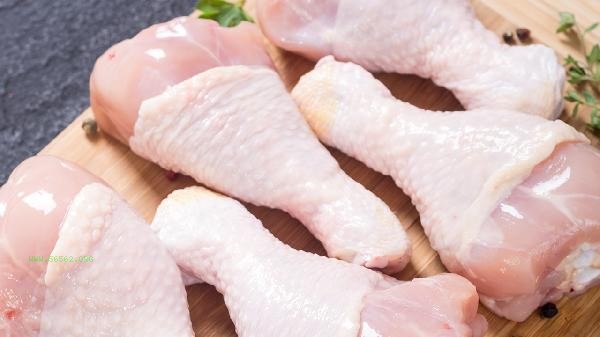People with high blood pressure and high blood lipids should choose more vegetables that are rich in dietary fiber, low in salt and fat, such as celery, spinach, fungus, etc., which can help control blood pressure and blood lipids. A reasonable diet combination is crucial for improving health. Celery is rich in potassium, which can help eliminate excess sodium from the body and lower blood pressure. The dietary fiber in celery also helps to lower cholesterol levels. Suggest cold mixing or stir frying celery to avoid adding too much salt and oil.

2. Spinach is rich in folate and magnesium elements, which help dilate blood vessels and lower blood pressure. The antioxidants in spinach can also reduce lipid oxidation and prevent arteriosclerosis. You can blanch spinach and stir fry it with minced garlic, or pair it with other vegetables to make a salad. 3. Auricularia auricula is a low calorie, high fiber food that can absorb fats in the intestines and reduce fat absorption. The polysaccharides in Auricularia auricula can also improve blood lipid metabolism. It is recommended to mix the fungus with cucumbers, carrots, etc. in a cold dish or add it to soup for consumption. 4. Broccoli is rich in vitamin C and dietary fiber, which can enhance vascular elasticity and lower blood pressure. Sulfides in broccoli can also promote cholesterol metabolism. You can steam broccoli and sprinkle a little olive oil, or stir fry it with other vegetables.
5. Winter melon has a diuretic and anti-inflammatory effect, which can help eliminate excess water from the body and reduce the burden on the heart. Propanedioic acid in winter melon can also inhibit the conversion of sugars into fats. You can slice winter melon to make soup, or pair it with seaweed, tofu, etc. In addition to choosing appropriate vegetables, people with high blood pressure and high blood lipids should also pay attention to adjusting their overall dietary structure. Reduce the intake of high salt and high-fat foods, and increase foods rich in dietary fiber such as whole grains and beans. Meanwhile, maintaining moderate exercise, such as 30 minutes of aerobic exercise every day, can help improve blood pressure and lipid levels. Regularly monitor blood pressure and lipid indicators, and if necessary, perform medication treatment under the guidance of a doctor, such as taking antihypertensive or lipid-lowering drugs, such as atorvastatin, rosuvastatin, etc.
Dietary management for high blood pressure and high blood lipids requires long-term adherence, and through reasonable vegetable selection and dietary combinations, it can effectively improve health conditions. At the same time, combining lifestyle adjustments and necessary medical interventions can better control the condition and prevent the occurrence of complications. It is recommended that patients collaborate with doctors or nutritionists to develop personalized dietary plans, ensuring balanced nutrition and achieving health goals.










Comments (0)
Leave a Comment
No comments yet
Be the first to share your thoughts!